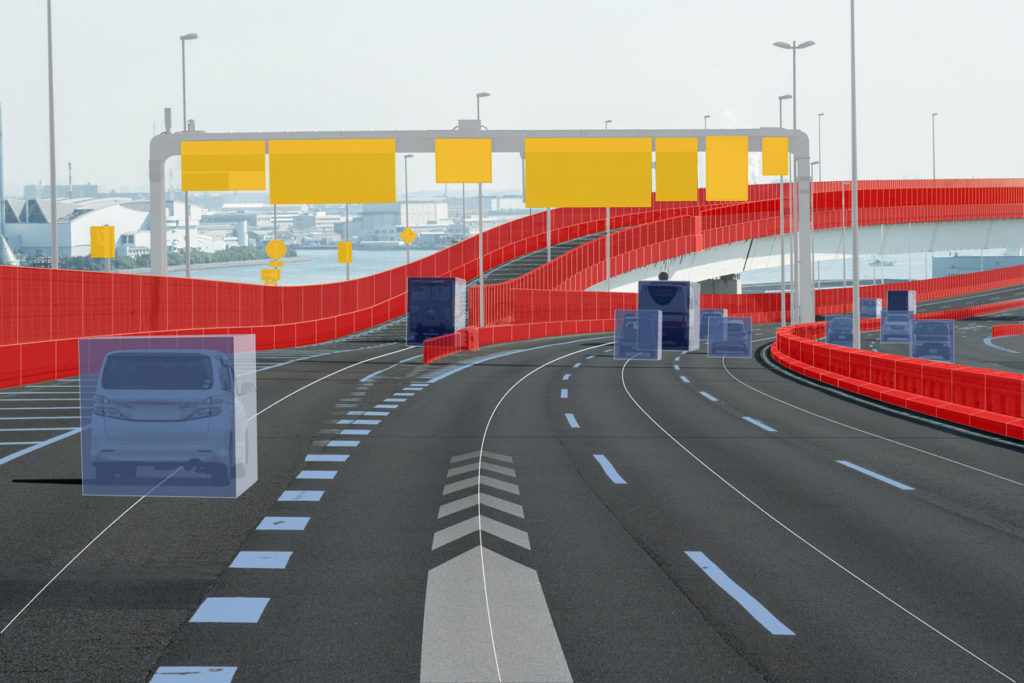 Praveen Chandrasekar, regional senior product manager for autonomous driving at TomTom, explains how HD maps create an essential fallback for the vehicle’s sensors, previewing his presentation at the Autonomous Vehicle Test & Development Symposium.
Praveen Chandrasekar, regional senior product manager for autonomous driving at TomTom, explains how HD maps create an essential fallback for the vehicle’s sensors, previewing his presentation at the Autonomous Vehicle Test & Development Symposium.
What will you be speaking about?
The path to achieving highly automated driving differs across solutions providers and auto makers, but a few priorities are similar – comfort and safety. Improvements in traditional sensors such as camera, radar and lidar have greatly increased the perception capabilities of autonomous vehicles, but without HD maps, AVs cannot accurately understand their position on the road and plan their path for the road ahead. In my presentation I will demonstrate why the combination of HD maps and sensors is critical to enabling high-accuracy localization, environment perception and path planning to create a robust autonomous driving experience.
How does TomTom go about developing HD maps?
TomTom has a multi-source method for collecting, developing and updating highly accurate, feature-rich HD maps. The process starts with TomTom’s survey vehicles equipped with state-of-the-art sensors that collect highly accurate and dense data. Then we use model specifications to push these lane and point features into an HD map. Once this is deployed, other sources like sensor observations from our OEM and Tier 1 partners are used to detect changes and update our maps using a combination of sources as applicable.
Roads change all the time – how do you keep HD maps accurate?
As I explained, OEM sensor observations might detect and trigger a change. To reinforce that, we can then use our survey vehicles or other crowdsourced approaches to target that specific space and collect recent data to update the map. TomTom’s multi-faceted approach constantly reduces the time it takes between detecting a change and updating the map.
What are some of the challenges with HD maps?
The key reason why HD maps are required is that they provide the autonomous driving system with a clear understanding of the underlying lane model that it will encounter; as such, they can support the system in many edge cases where purely relying on vision sensors might create challenges. TomTom’s position is that HD maps in conjunction with other sensors create a very robust autonomous driving system and add a redundant layer of safety to the overall application.
The main challenge with HD maps is maintaining the versatility that is demanded of them by autonomous driving systems. They need high absolute and relative accuracy and they have to be rich in features, and support different localization methods and path planning algorithms. Finally, keeping them up to date so that OEM applications can rely on the information is a big challenge, given the scale of such a project at a global level.
 Catch Praveen’s presentation titled ‘HD maps: dynamic enablers of autonomous driving’ at the Autonomous Vehicle Test & Development Symposium. For the up-to-date program, click here. To book your delegate pass, click here. The symposium is hosted at Autonomous Vehicle Technology Expo, which is free-to-enter.
Catch Praveen’s presentation titled ‘HD maps: dynamic enablers of autonomous driving’ at the Autonomous Vehicle Test & Development Symposium. For the up-to-date program, click here. To book your delegate pass, click here. The symposium is hosted at Autonomous Vehicle Technology Expo, which is free-to-enter.


